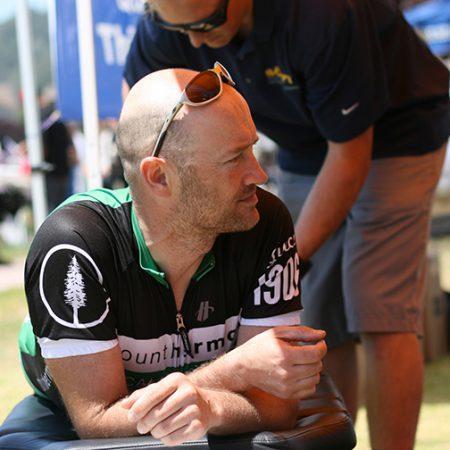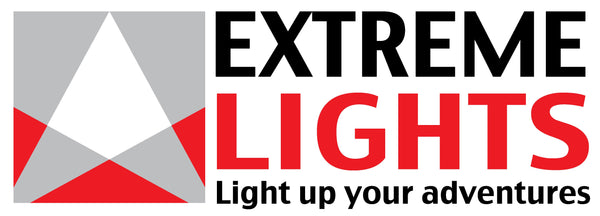
Minimize Muscle Pain and Downtime with These Recovery Tactics
Share
You pushed hard, and now your body is pushing back. Here’s how to ease the aches and get moving again.
BY SELENE YEAGER
My phone buzzed. “Help! I did a leg workout two days ago and my quads are still shredded. I can barely walk. Hoping to race Town Hall tomorrow but it’s not looking good. Any advice?”

It was the eve of Town Hall CX, a spirited local cyclocross race that features “the St. Luke’s Staircase”—a big climb right out of the gate—and my friend Dave was in dire straits (especially considering he races a singlespeed). What Dave had was a nasty case of delayed onset muscle soreness (DOMS). It’s that sharp muscle pain we feel a day or two working our muscles harder or in a different way than they’re used to. Your muscles get damaged and strained and, right when you’ve finally forgotten about the workout, you’re in a world of pain.
Get back on the horse. Speaking of moving, you might be tempted to queue up a Netflix binge and stay parked on the sofa, but you’ll feel worlds better if you move a little. One recent study found that active recovery—moving those muscles, being sure to slowly warm into activity—was as effective as massage for relieving post-exercise soreness.
Take pain meds sparingly. Anti-inflammatories like ibuprofen may help you feel better in the short-term, but won’t speed the healing process. In fact, some recent research suggests that regular anti-inflammatory use might even stall the recovery process—not to mention the fact that it can damage the gut and lead to a leaky small intestine during exercise, which not only compromises your ability to absorb the nutrients you need, but also can lead to general inflammation as your body fights off the germ invasion. So use it when you really need to, but don’t abuse it.
Remember: Even if these techniques help you feel better, you ultimately still need to give your muscles time to fully recover so they can repair, come back stronger, and be less likely to get sore when you push them again.
As for my friend Dave? He went into full DOMS recovery mode, made sure to get ample rest, and raced the next day. Did he feel great? Nope. But not terrible, either.
“My quads were still sore, but only slightly,” he said. “Your suggestions helped, but what the legs really needed was more time to recover, which I’m going to do now.”
Source: www.bicycling.com
The post Minimize Muscle Pain and Downtime with These Recovery Tactics appeared first on Extreme Lights.










